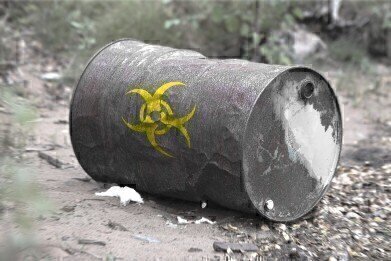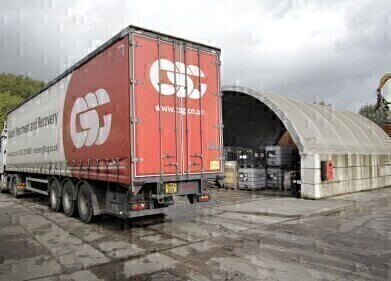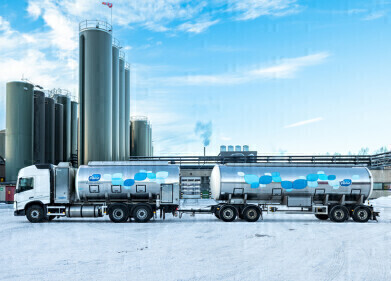Hazardous Waste
What Is Hazardous Waste?
Aug 07 2022
Thanks to the world’s ballooning population, the amount of waste we produce on a daily basis has also skyrocketed. Some governments are making strides towards recycling as much of this waste as possible, but the majority of it still simply ends up in landfill. However, there are some waste substances which are deemed too hazardous to be dealt with in such a perfunctory manner.
Hazardous waste refers to any substances or materials that could pose a threat to either human health or the wider environment. This is not limited to solid waste, but also includes liquids and gases, as well. Although the definition is a fluid one, there are certain characteristics which indicate waste could be hazardous and obligate site owners, business managers and private citizens to take steps to handle it appropriately. This article will delve further into those individual characteristics below.
Toxicity
Toxic substances are harmful to human health when absorbed or ingested. A broad category, toxic substances can include those which have acute dermal toxicity (triggering irritation or worse through skin contact), acute aquatic toxicity (endangering fish and other aquatic animals exposed to it), acute oral toxicity (damaging the body when consumed), carcinogenicity (causing cancer) and leaching toxicity (when the contaminants can leach into soil or groundwater). One of the most difficult to define categories, toxic hazardous waste includes everything from lead and mercury to per- and polyfluoroalkyl substances (PFAS) and dichlorodiphenyltrichloroethane (DDT).
Reactivity
This characteristics is less about the waste in its current state, and more about its potential when reacting with other chemicals in specific conditions. For example, unused explosives subjected to heightened temperatures or pressures could blow up, while lithium and sulphur batteries can emit dangerous fumes, gases and vapours when not stored in an appropriate environment. Hazardous waste that is reactive can be dangerous when compressed, heated or exposed to water. Unfortunately, it’s logistically difficult to test a substance for reactive properties at the present time.
Corrosivity
As the name suggests, corrosive substances are those which are capable of corroding metallic items. From a scientific standpoint, they are either acids or bases, or are capable of creating acidic and alkaline solutions. Hazardous waste with corrosive properties has a pH level below 2.0 or above 12.5. At the same time, there are liquids which can be deemed as corrosive (such as used battery acid) which must be handled with care, since they are capable of corroding any barrel, drum or other type of storage tank into which they are placed. There are various test methods available for detecting corrosive waste.
Flammability
Flammable substances are regarded as highly hazardous due to their propensity to ignite or even explode in certain ambient conditions. For example, used solvents and waste or leaked oil represent a significant danger, since even a single spark could cause spontaneous combustion. Fortunately, it’s quite simple to detect whether or not waste is flammable and several established methods are available to those concerned. Once confirmed, the flammable waste must be handled carefully and stored appropriately to avoid the risk of fire or explosion.
Events
IWA World Water Congress & Exhibition
Aug 11 2024 Toronto, Canada
Aug 25 2024 Stockholm, Sweden and online
Sep 03 2024 Mexico City, Mexico
Sep 03 2024 Mexico City, Mexico
Sep 03 2024 San Diego, CA, USA














